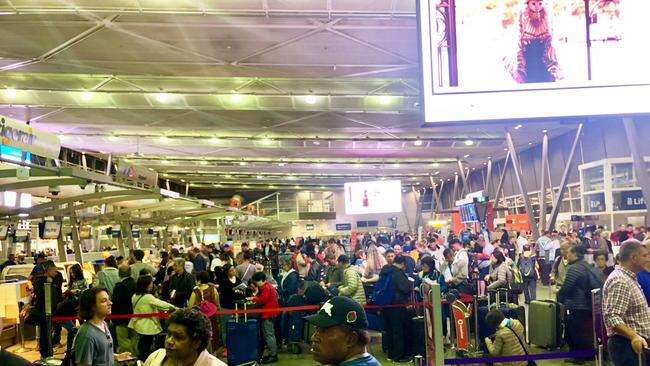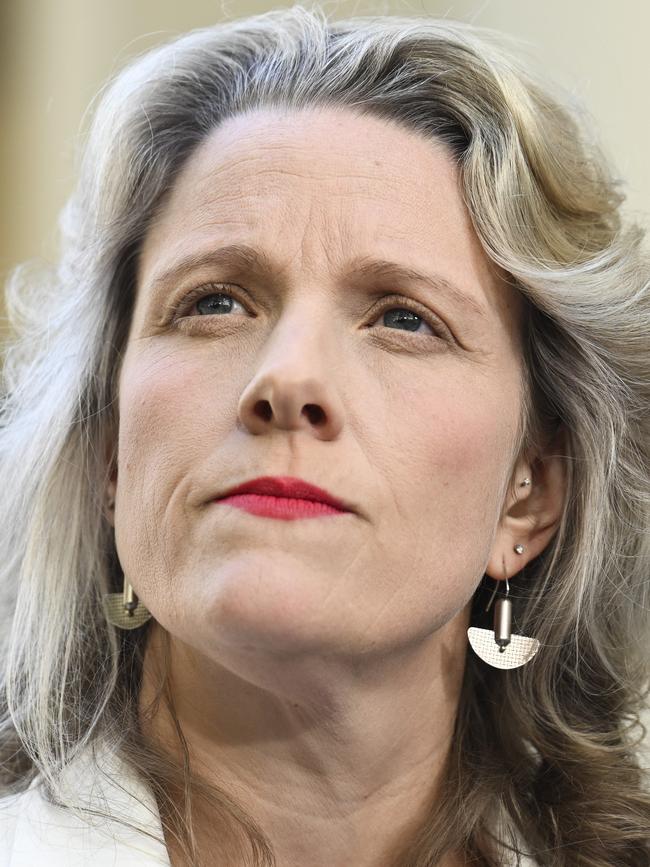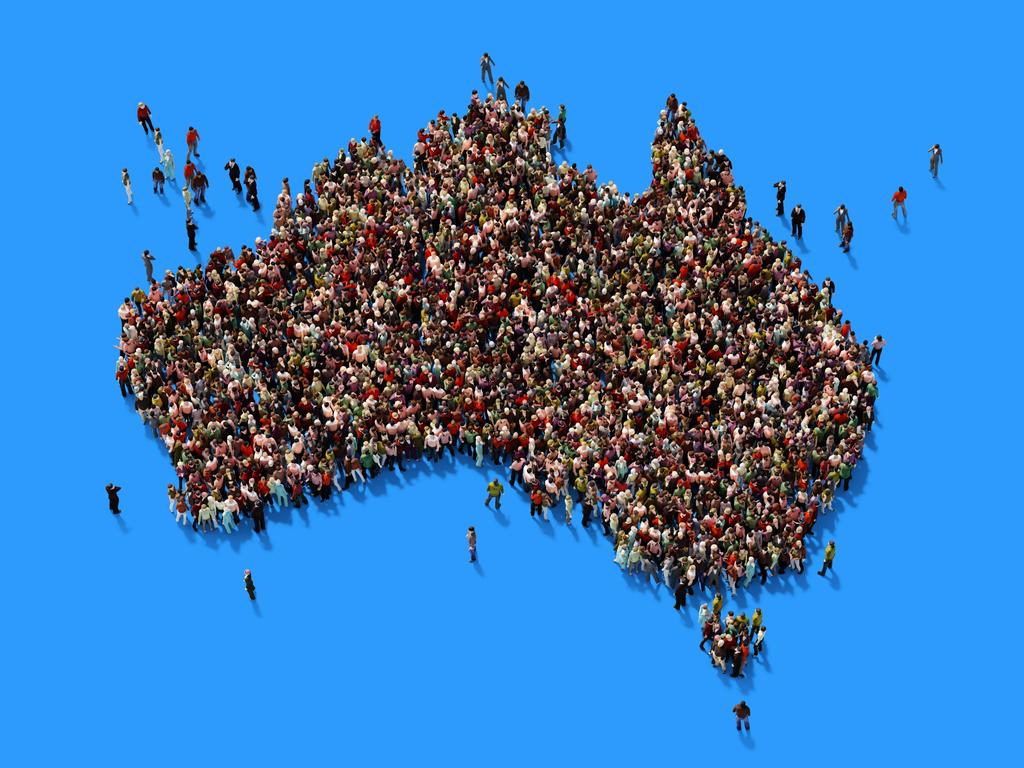
Australia’s population increased by a calendar-year record 651,200, eclipsing by one-fifth the previous high posted a year earlier, due to a 26 per cent surge in net overseas migration.
No one thinks this is desirable, let alone sustainable.
In the first 18 months of Anthony Albanese’s term in government, the nation’s population grew by 950,000, or more than the combined number of people living in Canberra, Hobart and Darwin.
Adjust your mental dials: we are a country of 27 million people.
Canberra and the states neither anticipated the post-pandemic influx of foreigners, nor put in place during the Covid hiatus the housing, transport and social services to cope with the shock.
On one side we have today’s persistent inflation, with rising rents a key source of price pressures; on the other, a robust labour market keeping growth in positive terrain.
Under Labor, employment has increased by 878,000.
But the working-age population has grown by the same amount, leaving the employment-to-population ratio steady at 64 per cent.
We’ve not experienced 2.5 per cent annual population growth since the early 1950s, like many in the Anglosphere.
Canada’s population grew by 3.2 per cent last year, 98 per cent of it due to migration; New Zealand’s increased by 2.8 per cent.
The Big Australia Express is clearly decelerating, partly due to catch-up work by the capital’s engineers and the nature of the post-Covid journey itself.
While the surge of people is driven by temporary migrants – overwhelmingly students, as well as skilled workers and backpackers – we’re past the peak of growth with the number of departures expected to rise.
According to Treasury boss Steven Kennedy, Australians can also expect fewer arrivals, “in part due to the government’s actions to improve the integrity of international education”.
The Albanese government is putting the squeeze on international students, one of the few levers it has, short of simply applying the handbrake on visa processing as the previous administration did. To its shame.
In the first five months of this year, offshore student visa grants are 38 per cent lower than the same period last year.
Over 12 months, the permanent migration program of around 190,000 places (split over two financial years) would not have swayed the final inflow by much, given two-thirds of those who got a permanent visa were already here.
That’s an awkward fact constraining the fanciful housing dividend behind Peter Dutton’s plan to slash the permanent intake by 25 per cent if he wins government.

Home Affairs Minister Clare O’Neil is supremely confident her visa crackdown and the normalisation of dynamics around foreign students will see net overseas migration plunge to 260,000 for the new financial year beginning in just over a fortnight.
We’ve never experienced a turnaround on this scale.
The Coalition’s proposed migration solutions are all over the shop and its previous tenure delivered the broken visa system that has made our migration settings much worse.
But it’s the government and its advisers, notably a chastened Treasury, who carry the policy responsibility for today’s pressures.
Labor presides over the long tail of consequences – from transport congestion to housing stress – and, undeniably, adds to some of the uncertainties the Reserve Bank board faces when it meets on Monday and Tuesday to decide on its next move on interest rates.








Mark 2023 as the year of populating dangerously.